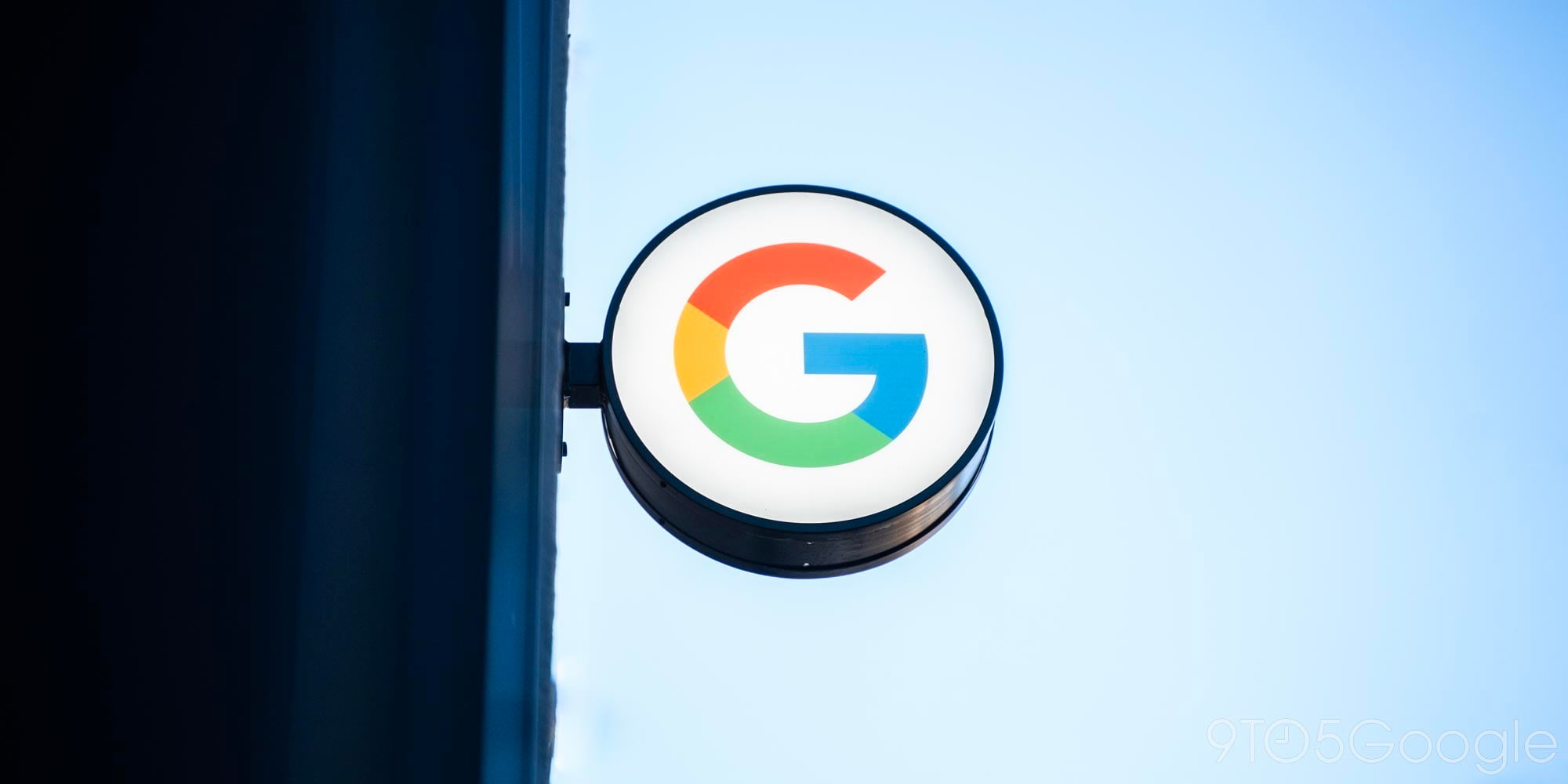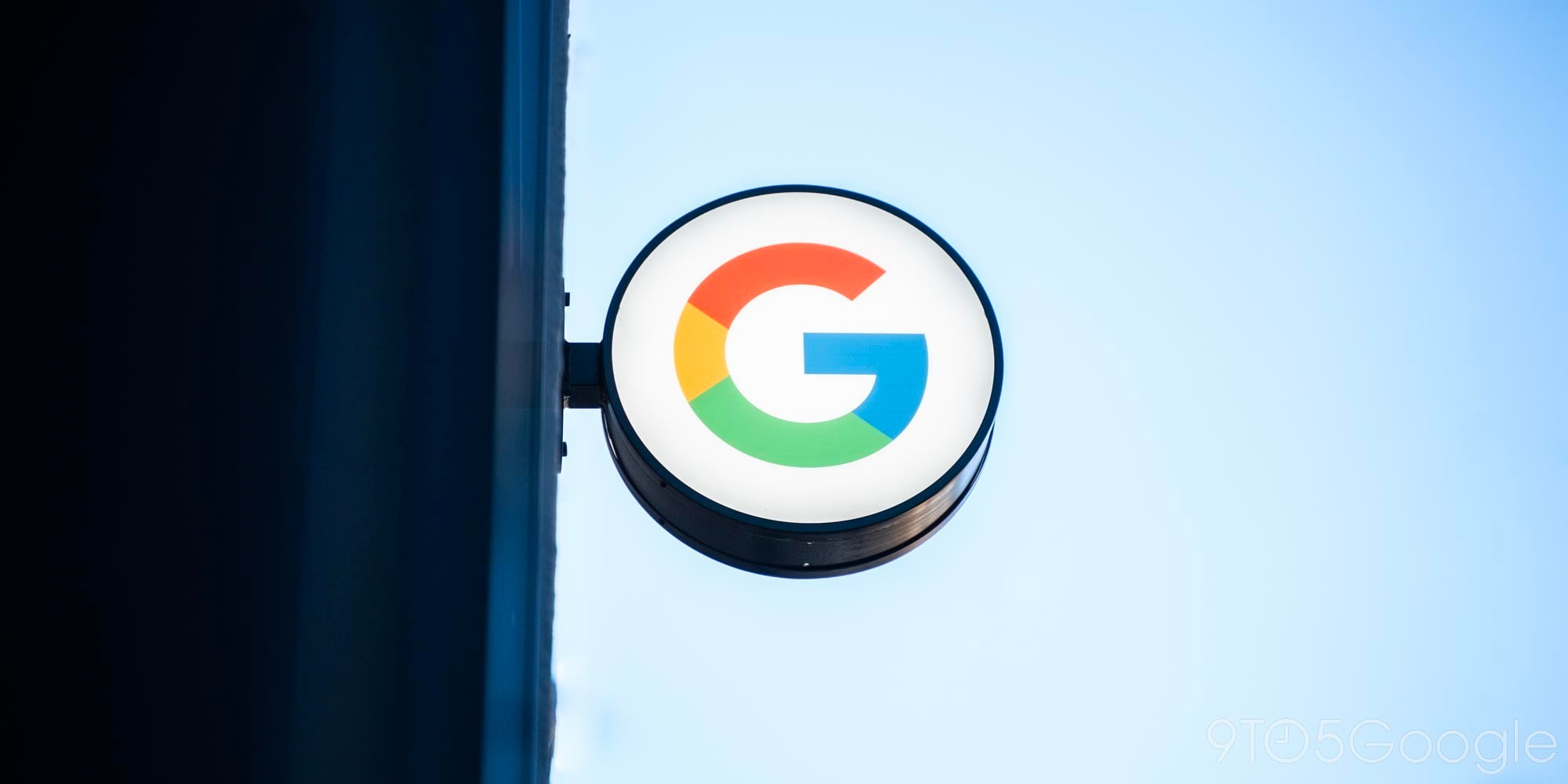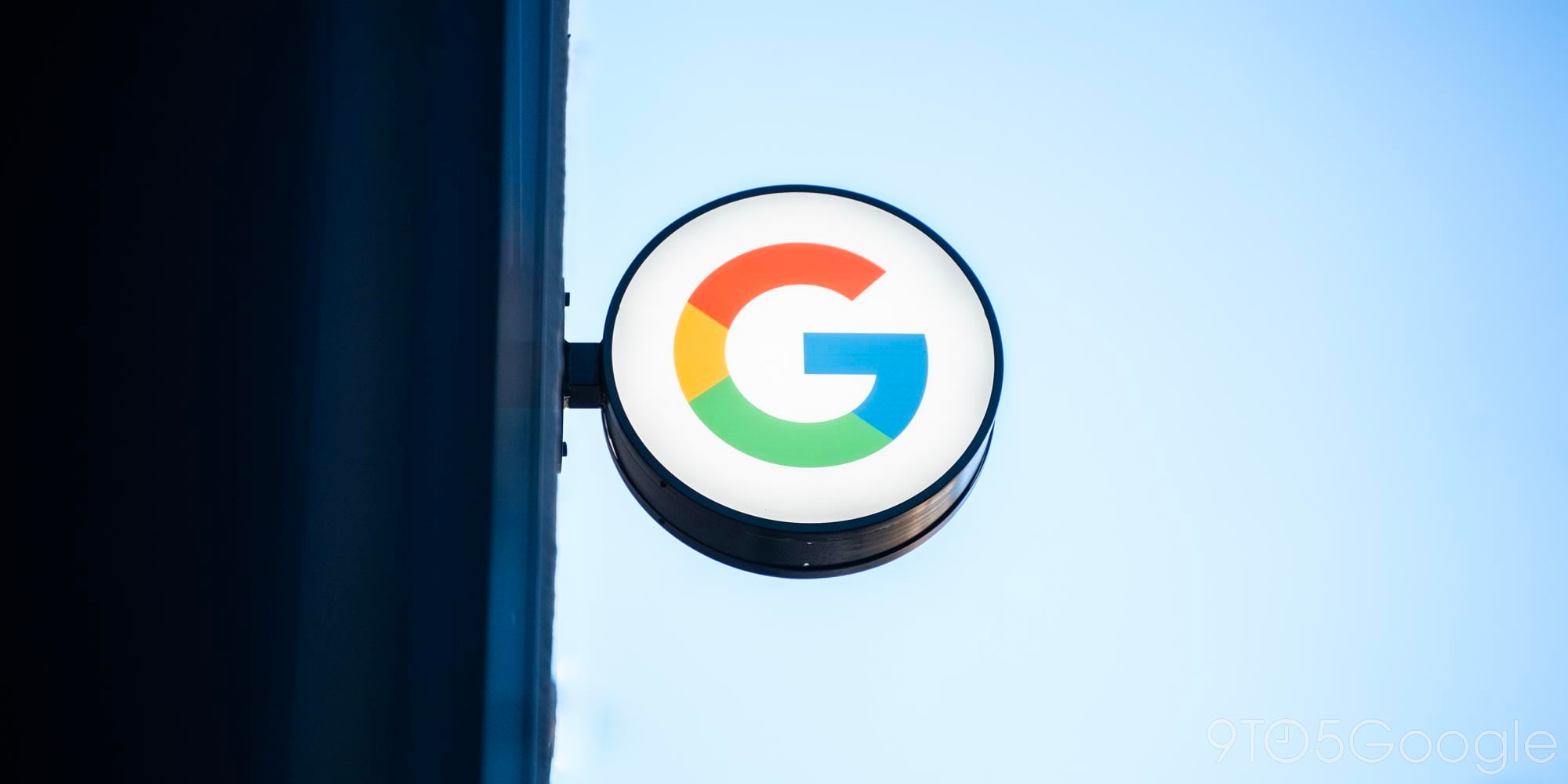Material Design


The Google Material Theme is making its way to more and more apps, with the most recent one we spotted being Google Opinion Rewards last week. The latest example is now the voice input UI for transcribing speech across Android.

Google Opinion Rewards is a fast way for users to earn credits via Google Play or PayPal by answering quick surveys. This small app is now the latest to be testing a Google Material Theme, which we’ve managed to enable today. Meanwhile, in recent weeks, the app has updated and greatly improved the “Reward history” page.

At I/O 2018, Google announced Material Theming and what’s next for its design language. The company’s apps are in the process of being revamped, while third-parties have already begun to take advantage of the new framework. To recognize “best-in-class designs,” Google today opened nominations for the 2018 Material Design Awards.

During a session at Cloud Next 2018, Google showed off Gmail for Android’s upcoming Google Material Theme update. To match the recent web revamp, the mobile version of Gmail will gain traditional desktop features like density options and quick attachments in the inbox view.

Google’s transition to update all of its apps with the Material Theme is well underway. A new video now shows off elements of the company’s new design language, while featuring various concepts for refreshed Google apps and services.

Hangouts Chat is Google’s Slack competitor for enterprise and businesses. Made available to G Suite accounts earlier this year, Google is now rolling out a Material Theme redesign for the service.

Google last month announced a new sign-in page for logging into your Google Account that takes advantage of several new Material Theme stylings. “Unforeseen delays” delayed that launch, but it is finally rolling out this week with one tweak.

The Google Material Theme is coming to more and more products as seen with Android P DP4 and Google Maps just last month. This new look is now being tested in one aspect of the Google app, while a related redesign of the Google Feed is more widely rolling out.

Android DP4 is rolling out today with Google noting that Beta 3 is “very close to what you’ll see in the final version of Android P.” This release candidate tweaks icons across the system to adopt the Google Material Theme.

Since I/O 2018, major Google apps like Account settings, Maps, and Podcasts have been updated with the Material Theme, while we’ve enabled a revamped Android Messages. The latest app to test the new look is the Google Home app for managing smart speakers and Cast devices.

At I/O 2018, Google announced a revamped Google Maps focused on being more personal and assistive thanks to a revamped Explore tab and new “For you” section featuring a “Your match” score. This new experience is now widely rolling out, alongside the Material Theme redesign.

Prior to I/O 2018, we enabled a redesigned look for Google Account settings on Android. Today, this Google Material Theme revamp for Google Account settings is widely rolling out. In addition to offering a new visual design, it is better at presenting key information.

To allay privacy concerns about its ad-centric business model, Google since 2009 has maintained a centralized dashboard to control ads, with later tools allowing for muting and seeing why a specific ad was displayed. The latest change today redesigns Ad Settings with a focus on making it easier for users to understand and control.

Over the weekend, we enabled a handful of upcoming design tweaks and features for the Google Podcasts experience within the Google app. These changes, including dedicated episode pages, are now rolling out today to beta users.

Along with the upcoming Messages for web feature, the latest version of Android Messages reveals that Google is working on a Material Theme for its default RCS client. We’ve managed to enable this under development look that brings the app in line with other recently updated Google services. There is also an in-progress revamp to search functionality that includes filters and GIF lookup.

Since I/O 2018, apps like Google Drive have joined Gmail, Google News, and more in adopting Google’s new Material Theme. The latest service to join is the Account sign-in screen, with an update coming later this month.

A couple of months ago Google revealed that Gmail was going to be getting a huge makeover, and in late April, users finally started getting the option to try out that interface. So far, it’s been well-received, and Google is planning to kick off the full rollout in July.

Even before I/O 2018, Google’s latest iteration of Material Design began rolling out to various apps like Gmail and Google Tasks. Following the unveiling of Material Theming, more apps adopted it with many more updates expected. Today, the latest service to feature it is the Google sign-in page.

Google announced a powerful new design system called Material Theming for developers at I/O 2018, and as part of that initiative, Google itself is building a Material Theme. It’s what many (including us) have been calling “Material Design 2” for several months. Google didn’t plan one coordinated refresh of all its apps, though, so it’s taking a while for the new design to roll out.
Here’s a full list of the apps and services we know have the new look so far…

At I/O 2018, Google announced that Maps would become more personal and assistive over the coming months. Screenshots from the keynote also revealed Google’s Material Theme for the Android app, with the company now A/B testing one likely aspect from that upcoming update.

Ahead of I/O we caught wind that there was a revamp of Google News incoming, and on stage at the event, the company officially revealed one of the biggest redesigns of the service we’ve seen in its 15-year history. Not only does it deliver a ton of new functionality, but it’s also an excellent example of the company’s new “Material Theme.” Let’s take a closer look…

Material Design has been around for about four years now, and while it has accomplished a lot in unifying the appearance and core functionality of Google’s own apps across its platforms, Google wants to take its approach to design to a whole new level. This year at I/O 2018, Google introduced the next stage for Material Design, and they’re thinking much bigger this time…

Google I/O saw a ton of big announcements, but one of the ones we were most excited to check out was Google’s updates to Material Design. Now, the company has given us more information, and also launched a new application for designers called “Material Gallery.”

Google officially unveiled Material Themes at I/O 2018 after weeks of various Android and web apps slowly revealing new aspects. During the keynotes, first-party apps, like Photos, showed off the new design and now Google is revealing “partner studies” that explore how others could adopt it.